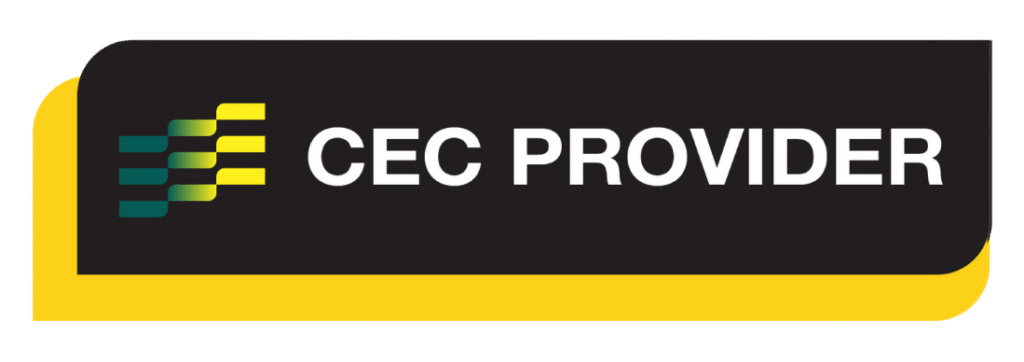Mat Repertoire
Spinal Mobility:
Supine Spine Twist
Alternate Names
Spine Twist Supine, Side-to-Side
Derived From
Classical Mat Work: The Spine Twist
Primary Element
Stability
Why for Primary?
To develop control in the deep abdominal muscles transversus abdominis to create pelvis and torso stability.
Secondary Element
Strength
Why for Secondary?
To develop strength and control in the deep abdominal muscles transversus abdominis with the challenge of rotation.
Tertiary Element
N/A
Why Tertiary?
N/A
Repetitions
3-4 each side
Plane of Motion
Sagittal and Transverse
Targeted Muscles
To create pelvis stability and balance the weight of the legs the targeted muscles are the deep abdominal muscles transversus abdominis. To assist with rotation the external and internal abdominal obliques are used.
To extend the legs and lift them up and forwards of the torso the hip flexor muscles are used including:
- Psoas
- Iliacus
- Rectus femoris
Warnings
This exercise may be unsuitable for clients where engagement of the abdominals is contraindicated, or where it is difficult for the client to lie supine.
Execution
Lie supine on the Mat in a neutral pelvis position with the legs in a table top position (hips and knees at a 90 degree angle) pressing together, legs adducted. Anchor the arms beside the torso in an A-frame position to assist with shoulder stability.
Inhale to rotate from waist and take the knees across to one side keeping the knees together, the opposite shoulder must stay connected to the mat, but the hip will lift. Exhale draw the abdominals in to bring the rib cage, then pelvis and legs back to centre. Alternate sides.
Observations
Do a body scan of the client taking note of the following points
- Head and Neck
- Is the back of the neck long and crease-free? A slight retraction of the neck with the chin tucked can help avoid straining the neck
- Pelvis
- Is the pelvis lifting on one side as the legs rock?
- Is the rib cage coming back to the Mat on the return phase before the pelvis or hip?
- Is the client able to keep a slight posterior pelvic tilt throughout, and avoid arching into their lumbar spine, particularly as the legs reach away?
- Arms
- Are the arms anchored down throughout with the shoulder still? If the opposite shoulder is lifting reduce the distance that the legs are drawing across
- Legs
- Are the legs even when they move to one side? Knees or big toes lined up?
Learning Style Technique Cues
Auditory – word associations that connect mind and body
- The shoulders stay relatively still but the hips will likely move a little throughout the movement
- Anchor the arms down in an A-frame to help with stability
- Say the client’s name when you’re about to interact with them
Visual
- Imagine a line or ruler balancing on the knees (or feet if the legs are extended). Aim to keep both knees or feet connected to the ruler by reaching the inside thigh bone upwards
- You may demonstrate a part of the movement as a visual representation for the client to see, for example with the arms moving like the legs
Kinaesthetic
- Avoid creating a swing with the legs, control the movement evenly
- Bring the back of the rib cage down, then the hip
- Reconnect into the transversus abdominais when the legs are coming back through centre on the exhale
Modifications and Variations
Regress the exercise by
- Keeping the feet on the Mat as opposed to in a tabletop position, or place the feet on a slightly deflated Pilates ball
- Keeping the knees bent with the thighs close towards the torso and letting the legs rock side to side
- Reducing the range of motion or how far the legs rock side to side
- Reducing the pace
Progress the exercise by
- Increasing the pace and repetitions
- Progress to Single Leg Extension – Inhale over, extend the inside leg long, exhale bring the legs back through the centre and return the extended leg to the tabletop. Alternating sides.
- Progress to Double Leg Extension – Inhale over, extend both legs long ensuring knees and ankles are aligned, exhale bring the legs back through centre and return to the tabletop. Alternating sides.
- Progress to Spinal Mobility: Seated Spine Twist
- Progress to Abdominal Work: Hip Twist in the Progressive repertoire
- Progress to Wunda Chair: Spinal Mobility: Seated Spine Twist
Client experiencing tight hip flexors?
- Try and hook one ankle over the other to create some support for the weight of the legs
- Stretch the hip flexors prior to the exercise with Warm Down: Kneeling Lunge
Series and Transitions
This exercise is part of the Spinal Mobility series which includes a range of other exercises in the fundamental and progressive repertoire. The Spinal Mobility series can also be found in the Reformer, Wunda Chair and Cadillac repertoire.
Inspired Academy follows the below order to focus on stability, before adding mobility and strength.
Fundamental repertoire
- Supine Spine Twist
- Rolling Like a Ball
- Seated Spine Stretch
- Seated Spine Twist
- Saw

